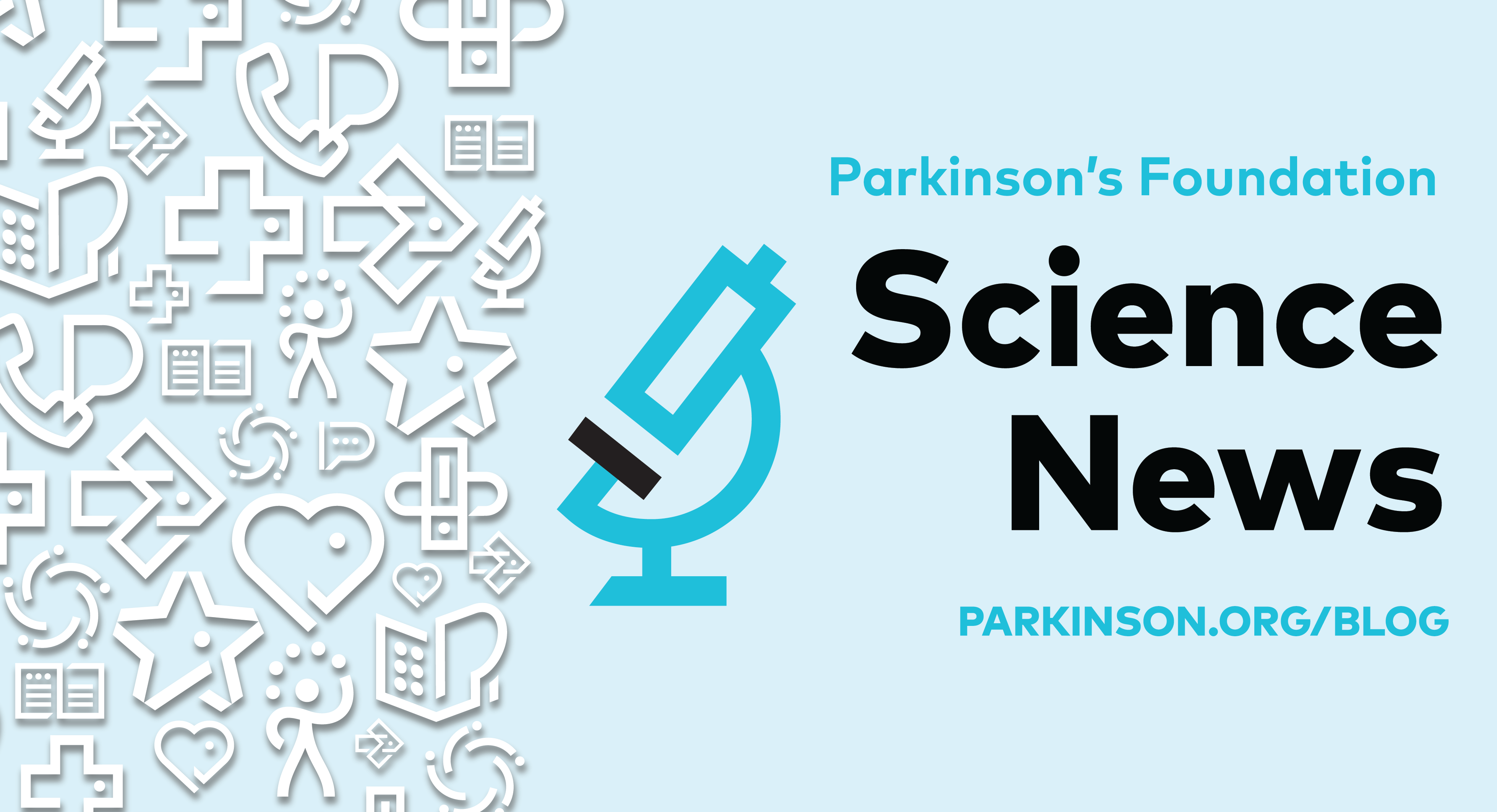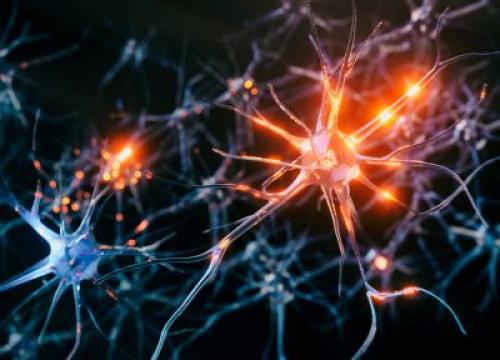Possible New Key to Parkinson's Treatment

All Science News articles summarize a research study and are not an official opinion, endorsement or position of the Parkinson’s Foundation’s.
In 10 to 15 percent of people with Parkinson's disease (PD), the disease is familial (tied to genetics), while the rest are nonfamilial. Mutations in the LRRK2 gene are the most common cause of familial PD. In fact, researchers have identified more than 100 LRRK2 gene mutations in families with PD.
It’s important to understand that all human beings, regardless of their PD status, have the LRRK2 gene. LRRK2 serves a variety of important functions. It is active in the brain and is also found in many other organs and tissues throughout our bodies. This matters because new findings suggest LRRK2 may play a key role in all forms of Parkinson’s, even in people that do not have a LRRK2 genetic mutation. This may be the linchpin scientists have been seeking for treating all people with PD.

A recently published research article in Science Translational Medicine titled “LRRK2 activation in idiopathic Parkinson’s disease” (Di Maio et al., 2018) sought to investigate whether the wild-type (normal, as opposed to mutated) LRRK2 plays a role in idiopathic PD. What they found is stunning. By developing two new tests to determine the activation state of LRRK2 under different conditions, the research scientists revealed a series of connections that may lead to breakthrough PD therapies. In short, there might be a new way to help treat all people with PD.
Results
The research scientists:
- Developed a genetically engineered detection technology that could identify whether the LRRK2 was active or inactive (on or off), with better resolution than other available tests.
- Validated their tests in human embryonic kidney cells that had either normal LRRK2, mutated LRRK2 or no LRRK2 at all.
From this test, scientists learned:
- LRRK2 is activated in both dopamine neurons and in immune cells in the brain (microglia) in post-mortem brain tissue from people with idiopathic PD but not in normal, healthy brain tissue.
- LRRK2 activation occurs in dopamine cells in two different rat models of PD. In one model, rats were given a mitochondrial toxin (called rotenone) that causes oxidative damage. In the other model, rats were engineered to make too much alpha-synuclein — the protein known to accumulate in PD brains, which leads to Lewy body formation. In both cases, LRRK2 was activated even though the rats had normal LRRK2.
- LRRK2 activation occurs early and before any brain cells have died, is triggered by oxidative damage, plays a role in alpha-synuclein accumulation in the brain, and has downstream effects on waste management in cells (tested in the rotenone rat model).
What Does This Mean?
To understand why this study places LRRK2 at such a pivotal point in PD, here’s the essential background information you need to know:
In a normal, healthy cell, LRRK2 is inactive. However, in a cell where there is oxidative damage, LRRK2 becomes activated, then:
- Activated LRRK2 inactivates other proteins that are important to the cells’ waste management process, leading to the build-up of alpha-synuclein.
- Clumps of alpha-synuclein interfere with mitochondrial function, which results in oxidative stress.
- Oxidative stress activates even more LRRK2, forming a vicious cycle.
- Ultimately, this results in large clumps of alpha-synuclein, called Lewy bodies, which are the hallmark of PD.
This new study developed tests so we can now see the evidence of activated LRRK2, which we couldn’t see before, as well as where LRRK2 is located, e.g., in dopamine neurons and microglia. Previous detection technologies could not specifically identify LRRK2 activation in idiopathic PD and/or the images were not helpful.
Taken together, this data suggests that LRRK2 activation may play a central role — not only in familial PD with LRRK2 mutations — but also, in nearly all cases of PD. Further, this study shows evidence that LRRK2 kinase inhibitors, which are currently in development by several pharmaceutical companies, can break the vicious circle of LRRK2 activation, suggesting a new avenue of PD therapy development.
Learn More
The Parkinson’s Foundation believes in empowering the Parkinson’s community through education. Learn more about LRRK2 by visiting the Parkinson’s Foundation resources below or by calling our free Helpline at 1-800-4PD-INFO (473-4636) for answers to all your Parkinson’s questions.
Related Blog Posts


New Cell Types Identified in Parkinson’s
